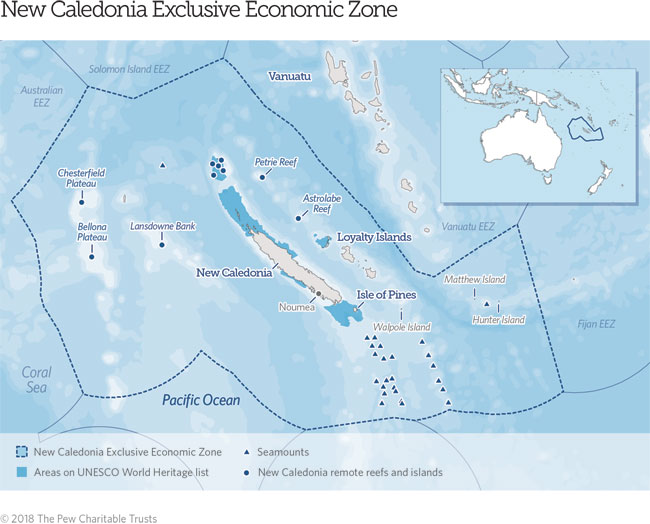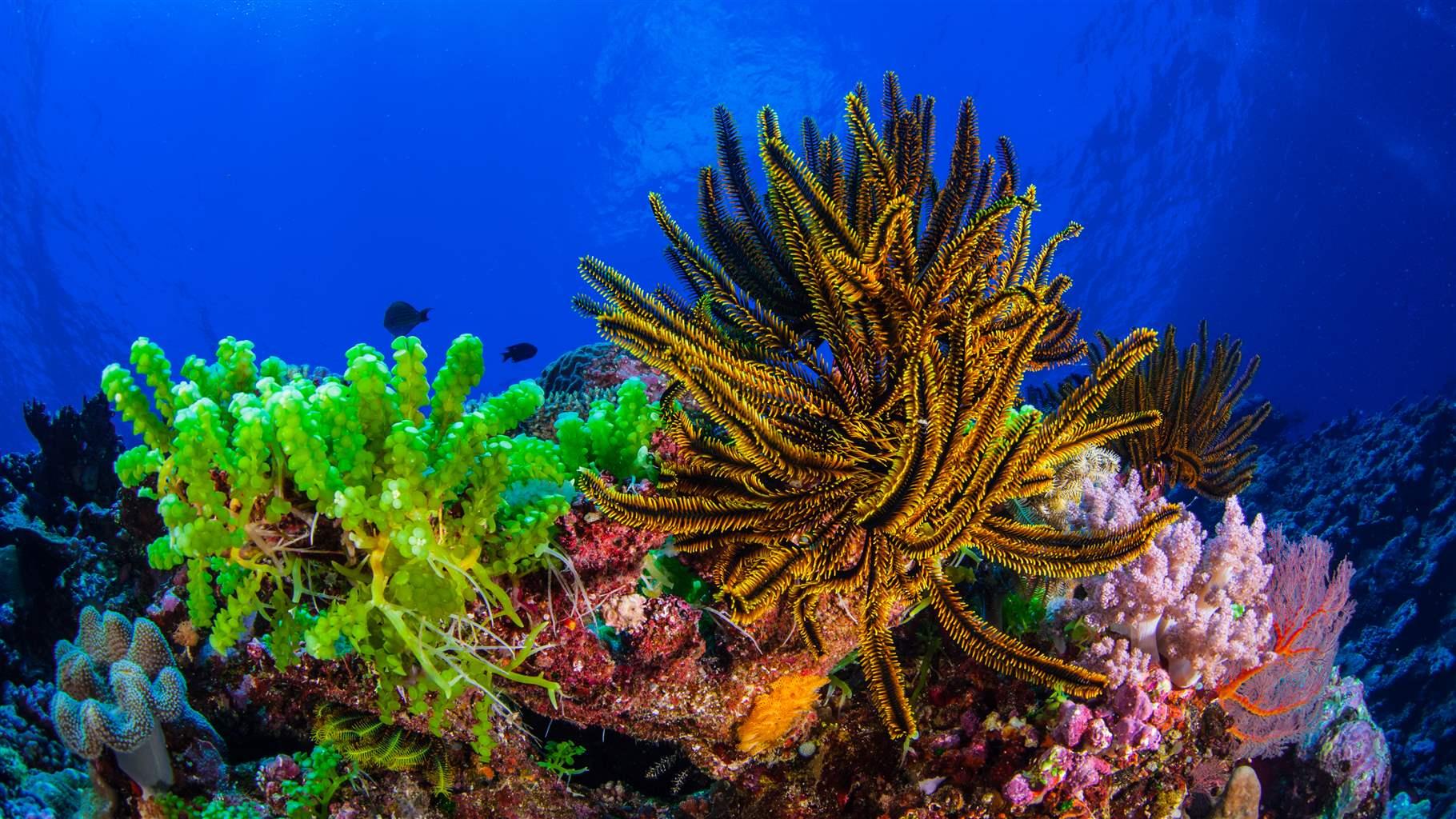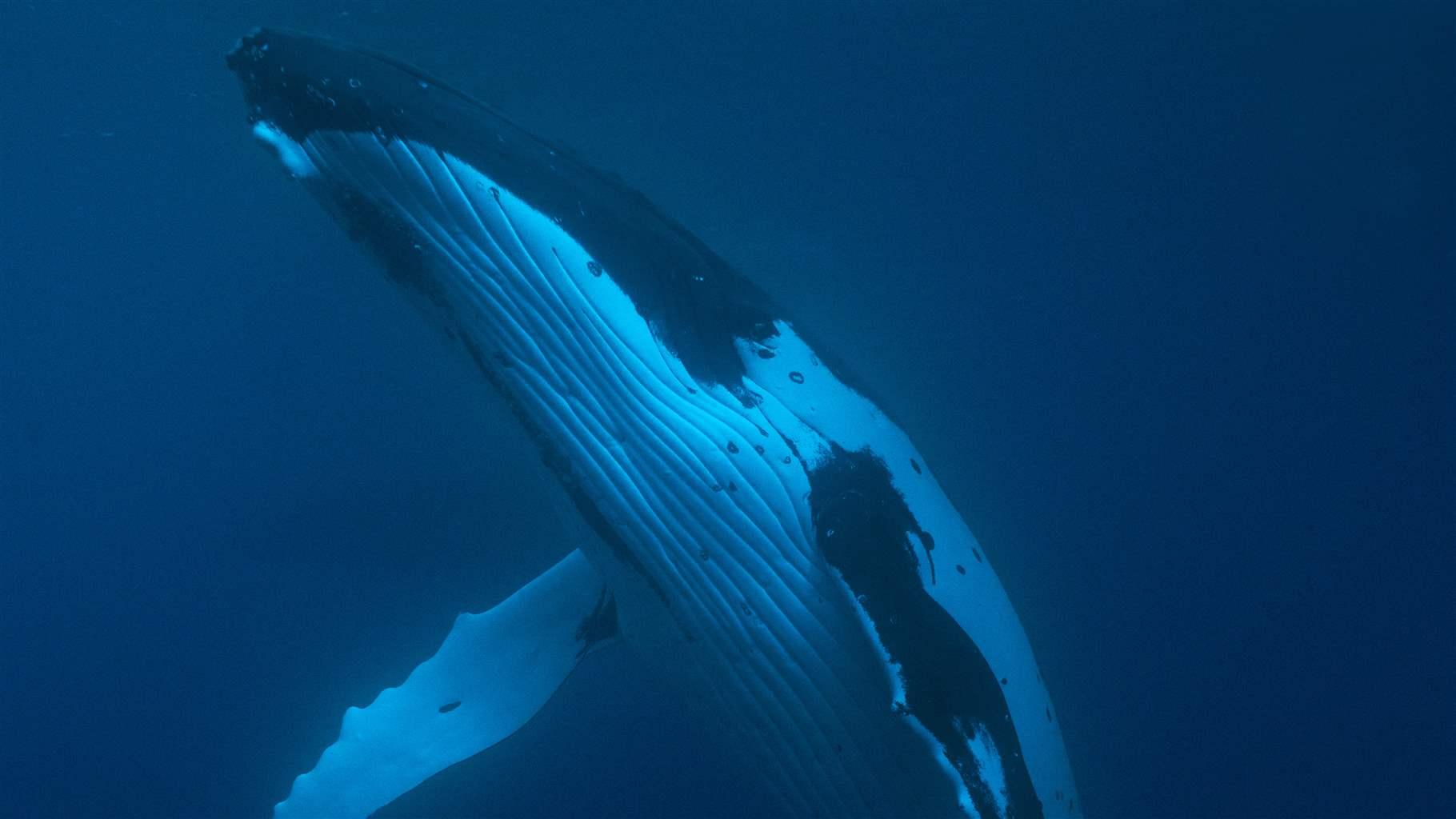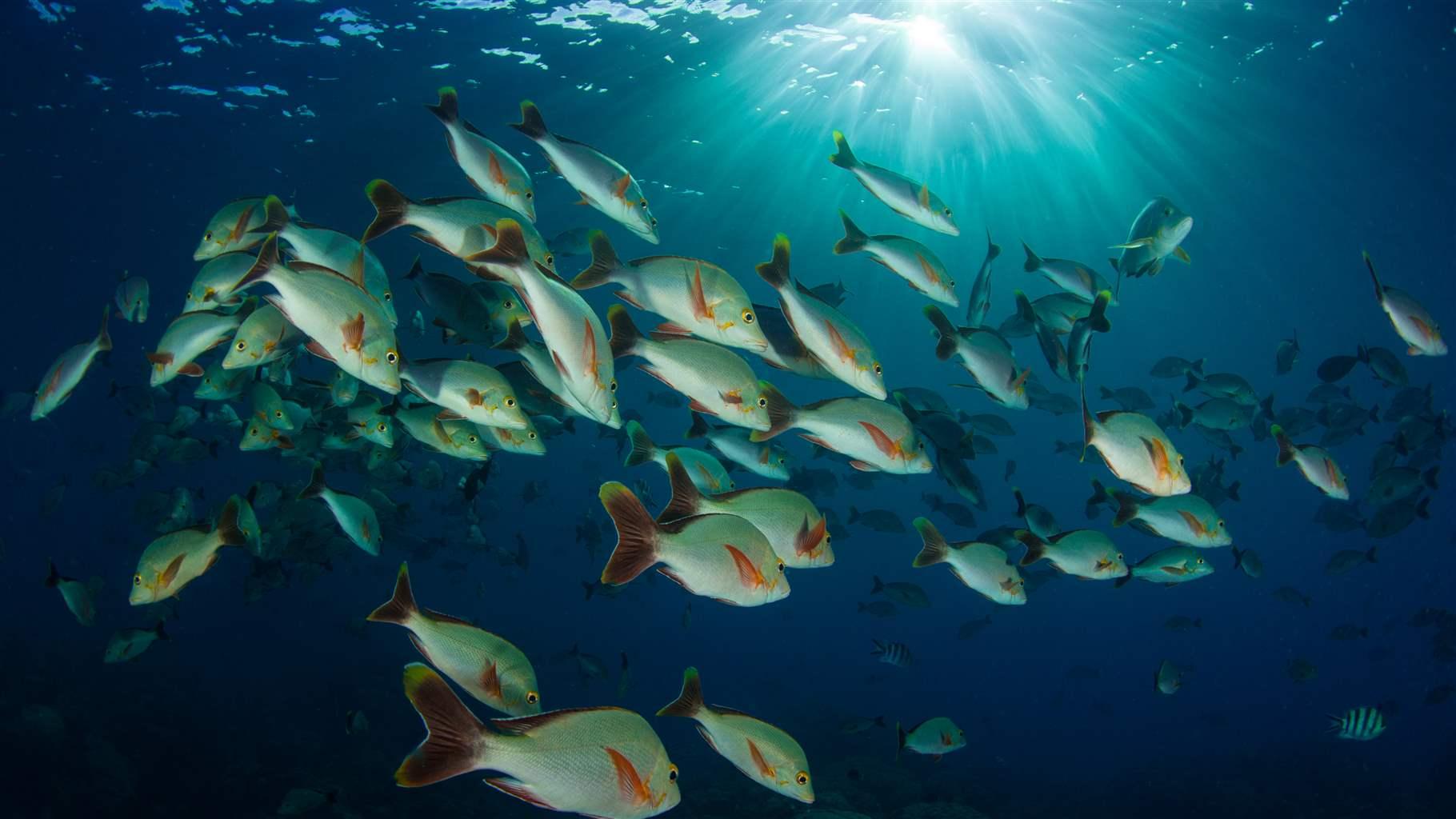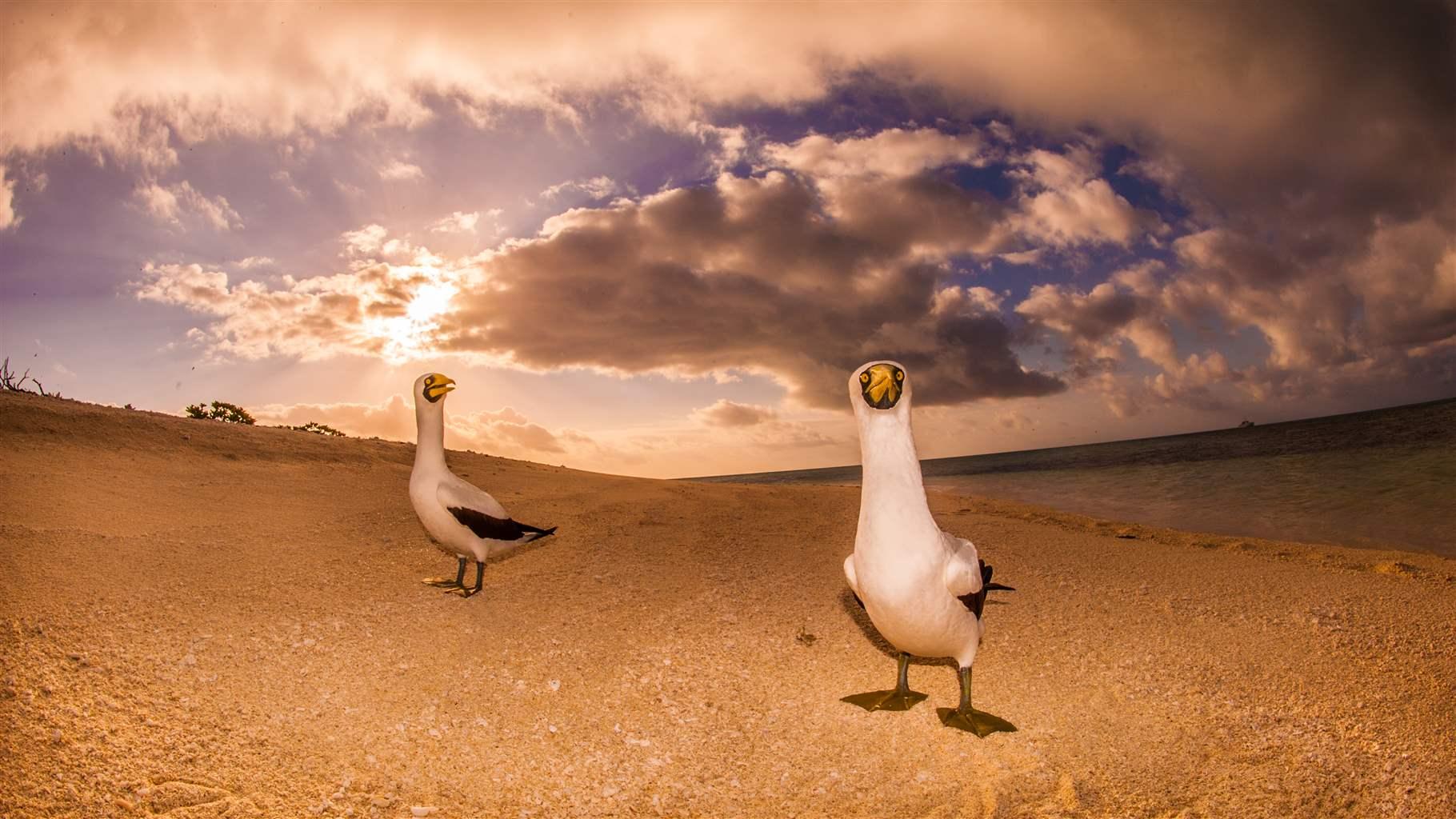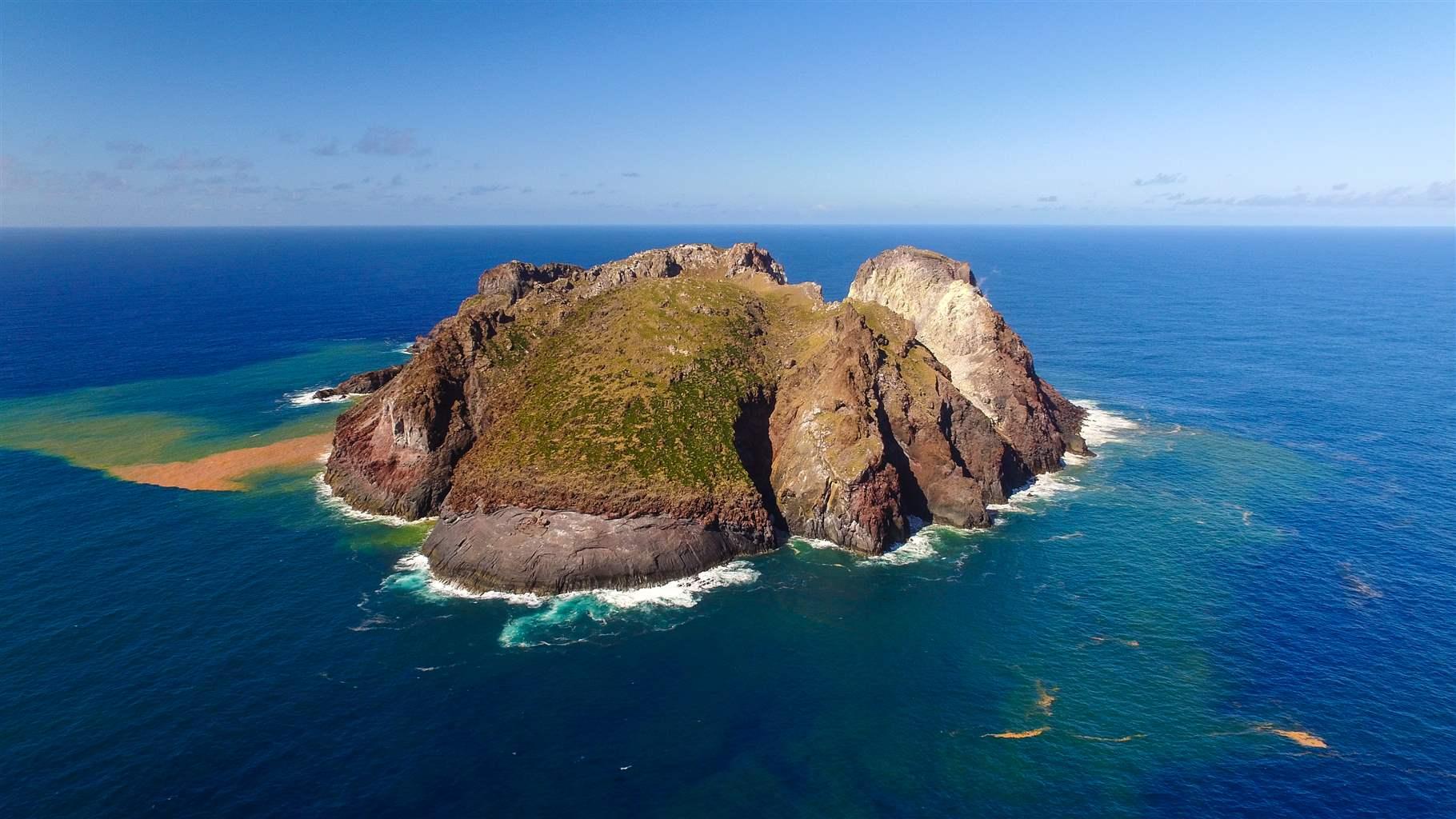Worth Protecting: See the Vibrant Marine Life of New Caledonia’s Coral Sea
Photos show the diverse and beautiful species along world’s second-longest barrier reef
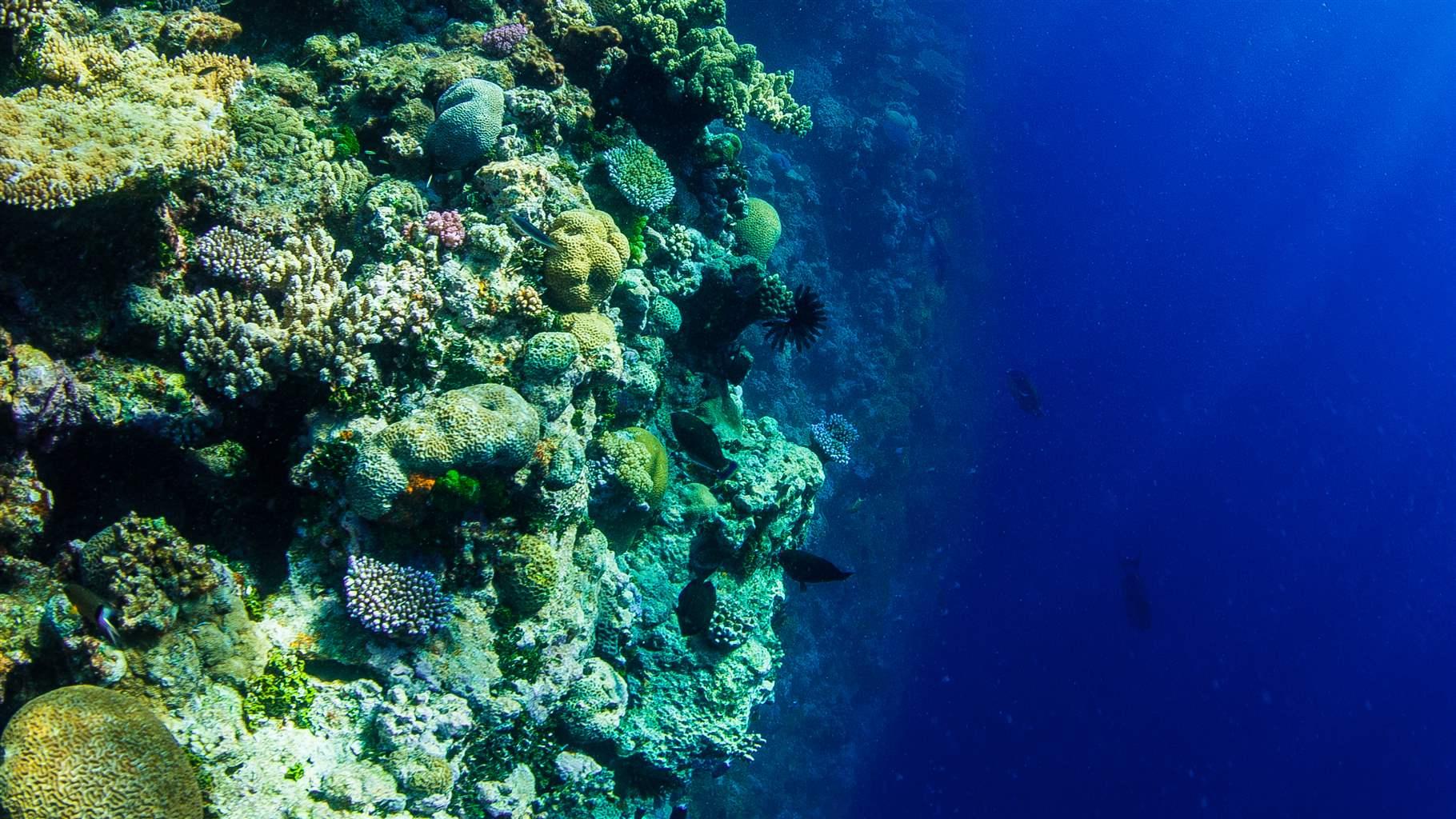
The map was updated on July 13, 2018.
Ten years ago, the lagoons of New Caledonia—a huge area of ocean containing several coral reefs and associated ecosystems—earned designation as a UNESCO World Heritage Site. The staggering biodiversity of this area, which includes islands and coastline, features brilliant, healthy corals and thousands of species of plants and animals found nowhere else.
The wealth of New Caledonia’s marine life extends well beyond its lagoons. In an effort to conserve the country’s natural ecosystems, the government created the Natural Park of the Coral Sea in 2014. Covering the country’s entire exclusive economic zone (EEZ), the park offers the potential—once the management plan is finalized—to safeguard a massive region of open-ocean and near-shore habitat in strongly protected marine reserves.
Such protection is critical in these waters, which are a haven for highly migratory species like humpback whales, sea birds, and turtles, along with a multitude of reef fishes and corals.
While discussions on implementing marine reserves within the park continue, there’s also wide support from conservation groups in the country for new measures that would fully protect several reefs—Chesterfield, Bellona, Pétrie, and Astrolabe—throughout the waters of New Caledonia. Even if those measures go into effect, more action is needed to implement protections for the park and strengthen the health of New Caledonia’s ocean, safeguarding it for future generations.
To see what’s at stake, take a virtual dive in New Caledonia’s waters through the following photographs.
Vibrant corals, like these at the Entrecasteaux reefs, are present throughout the country’s waters. New Caledonia’s reefs, home to more than 400 coral species, are among the healthiest in the world. Overall, some 9,300 marine species have been identified in New Caledonia’s waters.
Humpback whales have been known to travel 11,706 miles (18,839 kilometers) during their migration. They visit New Caledonia from July to September during their mating season. Protecting more of the Coral Sea would safeguard potential mating locations, migratory routes, and resting area for these cetaceans. The indigenous Kanak people of New Caledonia take humpback whale sightings as a sign to plant yams.
Forty percent of New Caledonians depend on fish for protein, and 78 percent of the country’s artisanal fishing occurs in the lagoon inside the barrier reef of New Caledonia—the second-largest barrier reef in the world, at 1,600 kilometers long.
New Caledonia is home to an incredible variety of seabirds, including frigates, puffins, petrels, terns, and various species of booby birds, along with 23 endemic bird species. About 700,000 pairs nest on remote islands, part of a population estimated at 2.5 million birds across the territory.
Volcanoes, such as Matthew Island, are among the variety of ecosystems found in New Caledonian waters. Others include deep-water habitats that are home to the endemic nautilus and crinoids such as Gymnocrinus richeri —living fossils thought to have gone extinct 140 million years ago.
